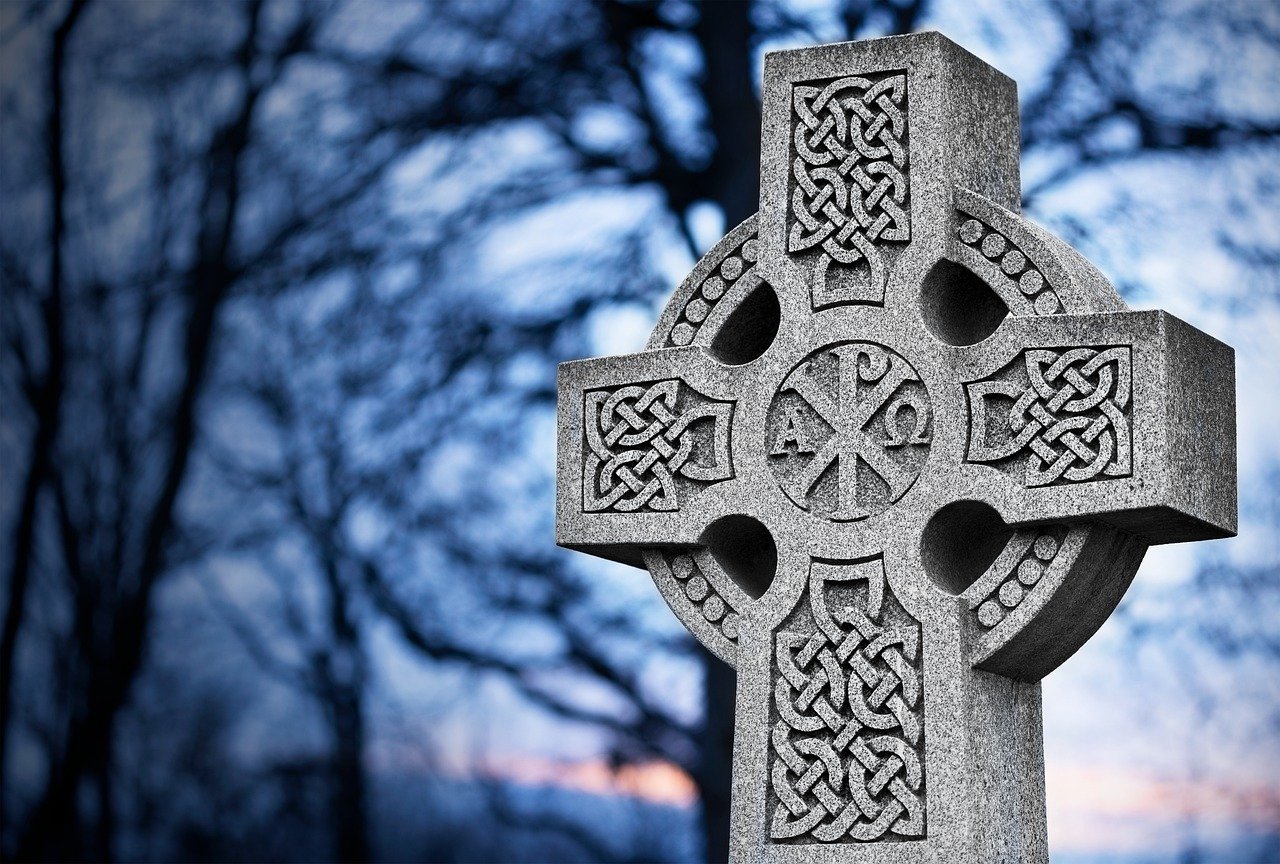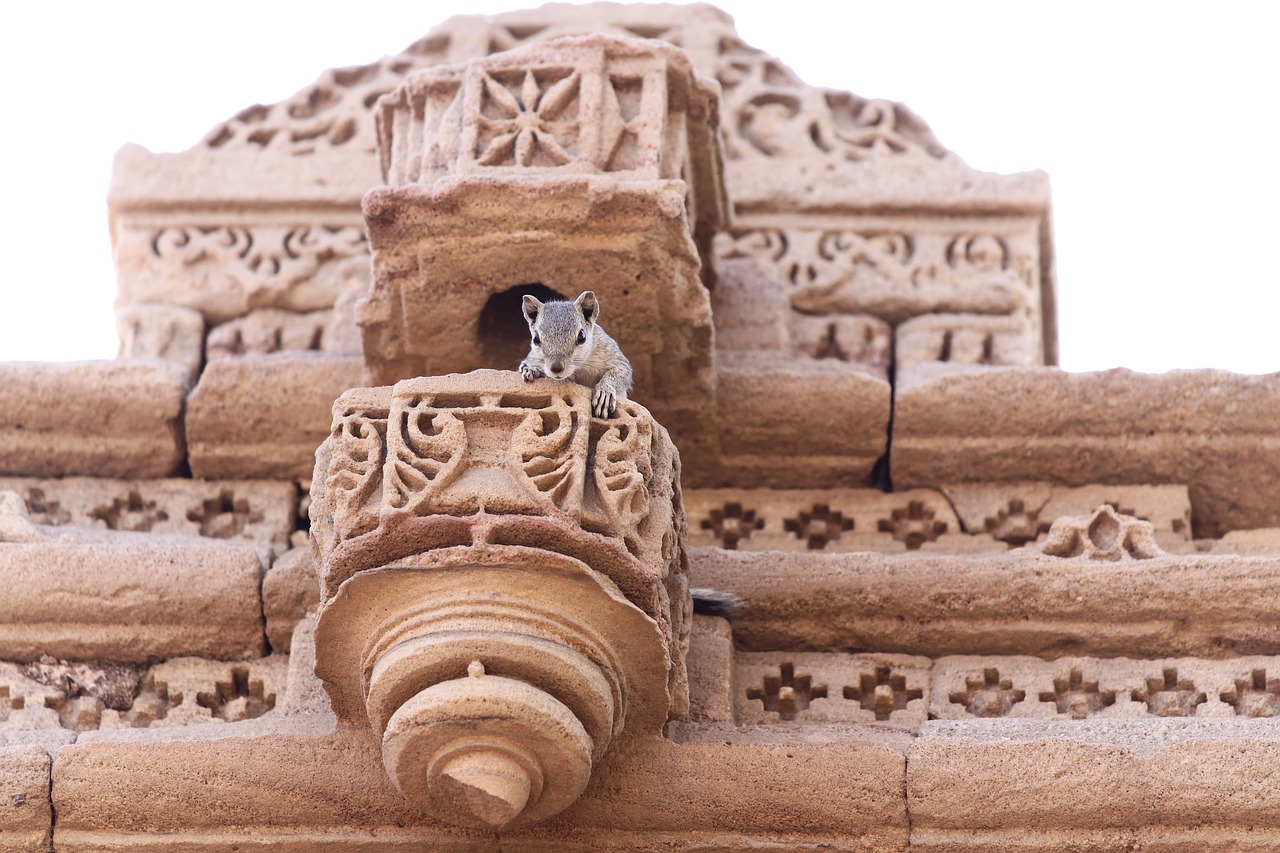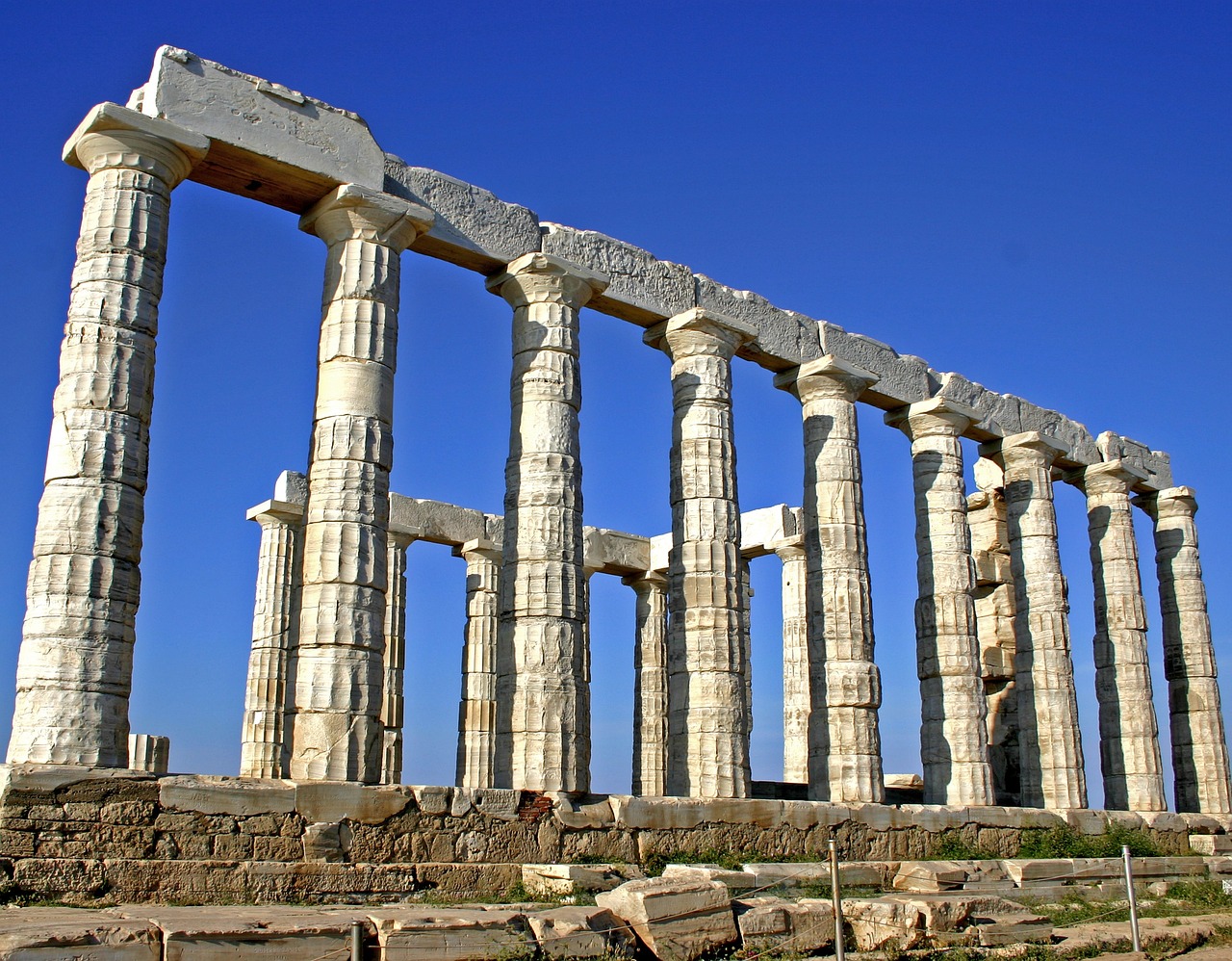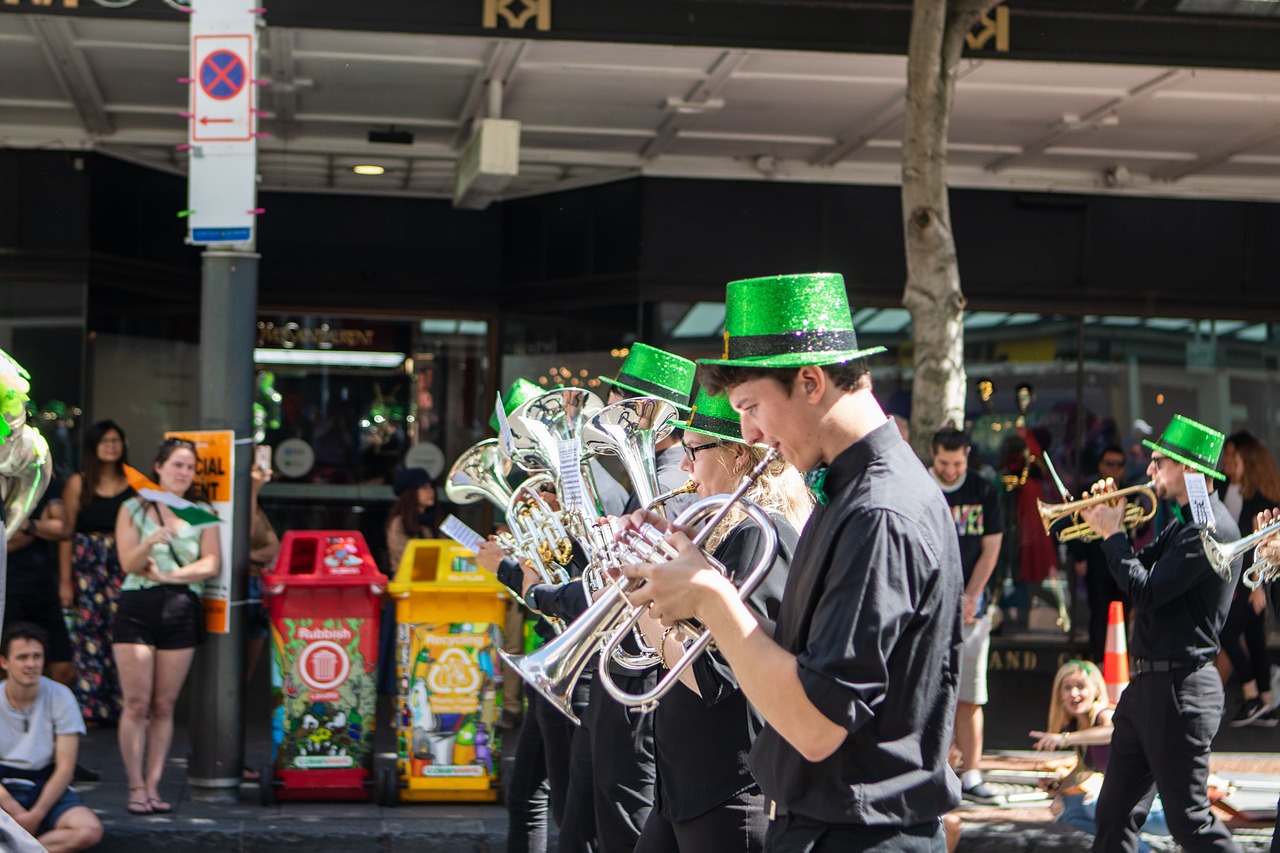Author: Sun WuKong
-
Glencairn Museum houses a substantial collection of ancient Egyptian artifacts, including a significant number of magical amulets dedicated to the goddess Taweret, who is depicted as a hippo. Taweret, whose name translates to “The Great [Female] One,” served as a crucial protector for women during pregnancy and childbirth. Her formidable appearance, merging traits from the…
-
Celtic Deities: An Overview Celtic mythology is a rich tapestry of gods and goddesses, each with unique attributes and stories. This guide introduces various Celtic deities, encompassing their roles, relationships, and significance within the pantheon. Gods and Goddesses of Fertility and Abundance Danu The revered mother of the Tuatha De Dannan, Danu embodies the essence…
-
“I have gazed upon the towering walls of Babylon, where chariots traverse, and admired the statue of Zeus by the Alpheus, the celebrated hanging gardens, the mighty colossus of the Sun, the arduous construction of the pyramids, and the grand mausoleum of Mausolus. Yet, upon witnessing the magnificent sanctuary of Artemis soaring towards the heavens,…
-
In Minnesota, legal actions are currently ongoing against two Mexican nationals who have been charged with illegal reentry after previous deportations. Both cases highlight the enforcement efforts against individuals with prior criminal backgrounds who return to the U.S. unlawfully. Case Overview: Roman Ernesto Luna-Almaraz The first individual, Roman Ernesto Luna-Almaraz, 35 years old, faced indictment…
-
Hermes, the Olympian god known for his roles encompassing herds, trade, heralds, athletes, and thieves, is richly depicted in classical art. His attributes, sacred animals, plants, and companions highlight his significance within Greek mythology. This overview details the various aspects of Hermes’s character and symbolic representations. Attributes and Estate Winged Boots Hermes is often depicted…
-
Poseidon: The Olympian God of the Sea Poseidon, a prominent figure among the Olympian gods, was revered as the god of the sea, earthquakes, floods, droughts, and horses. He is typically depicted as a robust, mature man, sporting a dark beard and wielding a trident, a three-pronged spear used by fishermen. Myths Surrounding Poseidon Poseidon’s…
-
Manannan mac Lir stands out as a key maritime deity in Irish mythology and folklore. Known for his chariot gliding over the waves, his connection to horses, and his famous cloak of invisibility, he is the guardian of the otherworld and the afterlife, drawing parallels to the ancient Greek gods Poseidon and Hades. Furthermore, Manannán…
-
Overview Juno, known as Iuno in Latin, holds the esteemed position of being the queen of the Roman pantheon and the spouse of Jupiter, the king among gods. As a protector of women, particularly emphasizing their societal roles related to marriage and motherhood, Juno’s character and symbolism have significant connections to the Greek goddess Hera.…
-
When exploring the beautiful landscapes of Scotland, you might encounter some extraordinary birds, notably the heron or the capercaillie. However, there’s also the fascinating creature known as the Boobrie. This legendary beast is steeped in Scottish folklore, particularly prevalent around the tranquil lochs along the west coast. The term “Boobrie” is believed to derive from…







